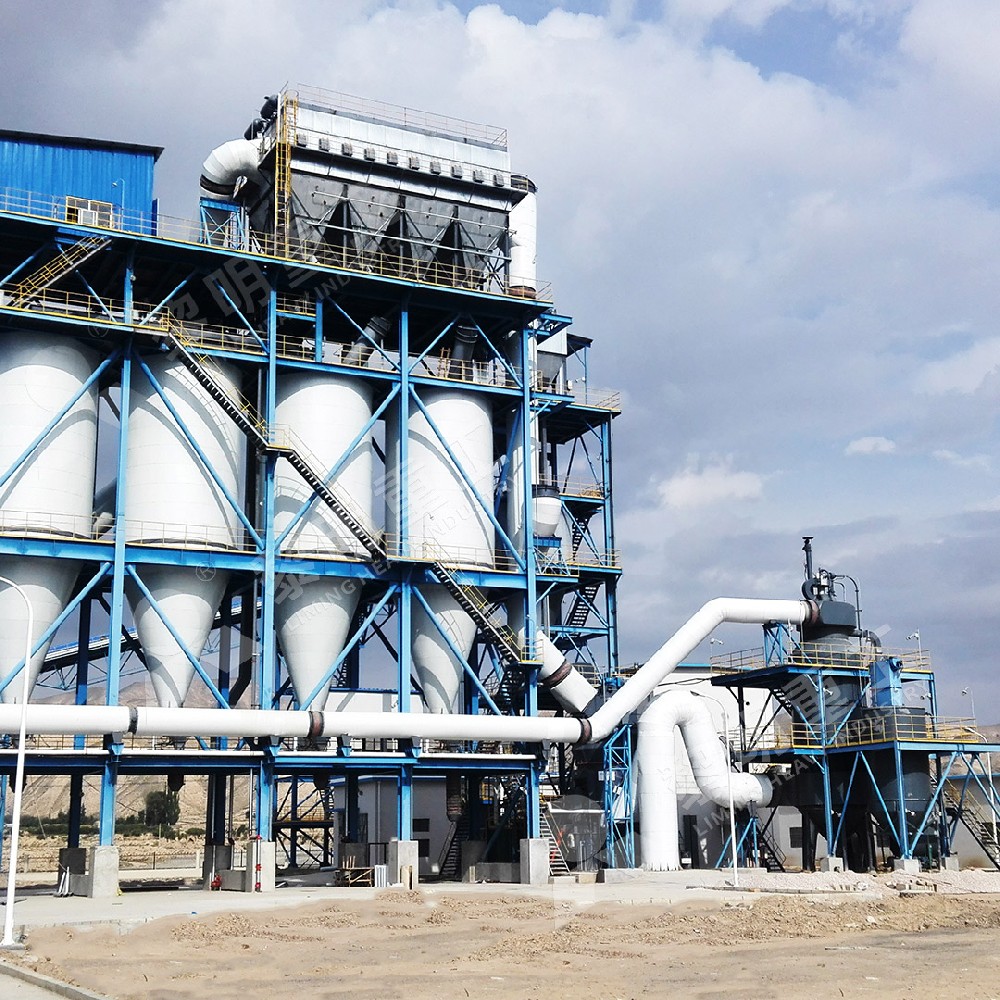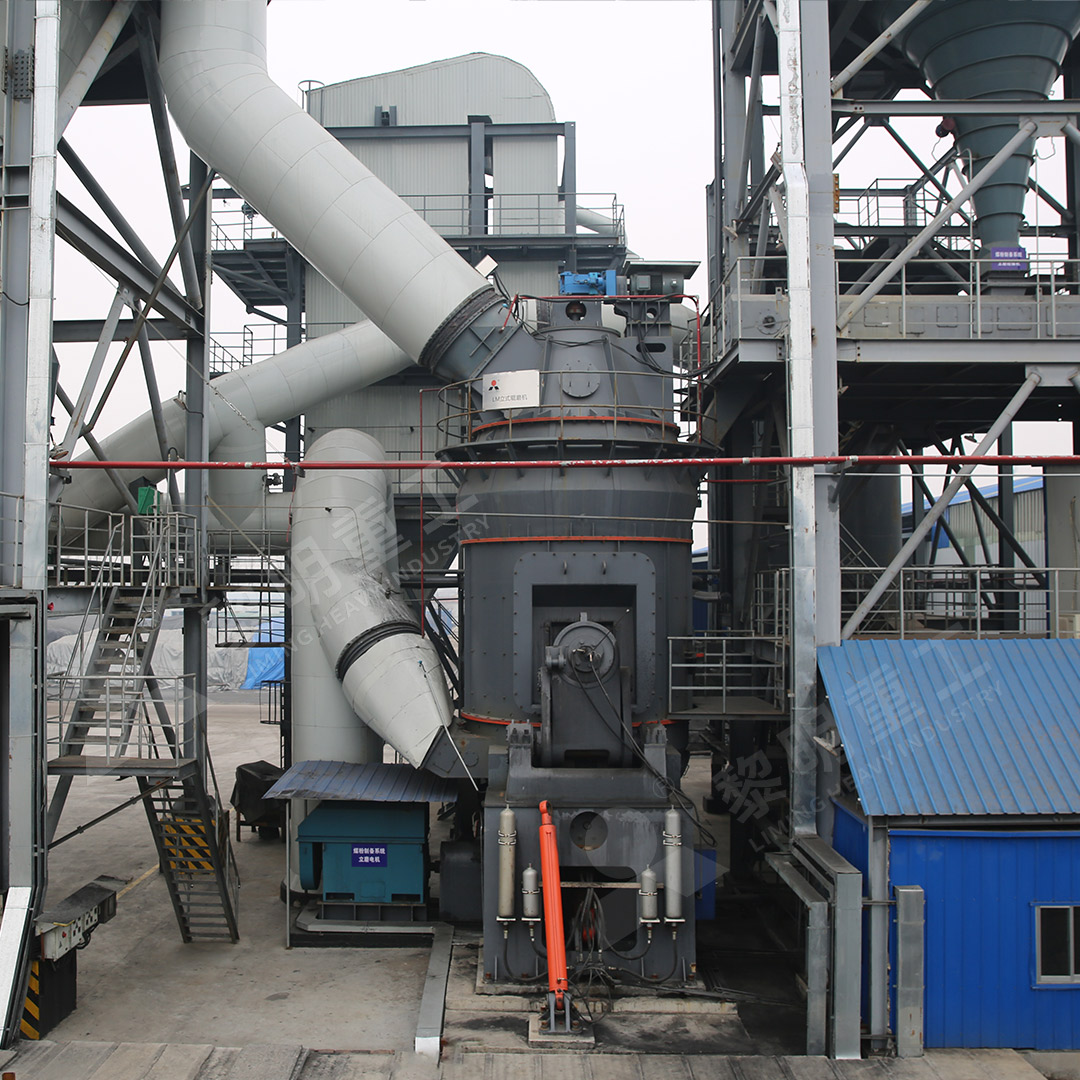The 200-Mesh Coal Grinding Mill: A Precision Engine for Industrial Efficiency
In the vast landscape of industrial processing, the transformation of raw coal into a finely tuned powder is a critical operation with far-reaching implications for energy efficiency, combustion performance, and environmental compliance. At the heart of this transformation lies a specific and highly engineered piece of equipment: the 200-mesh coal grinding mill. This machine is not merely a pulverizer; it is a precision system designed to achieve a consistently fine particle size, where over 90% of the output passes through a 200-mesh screen (equivalent to a particle size of 74 microns). This specific fineness target is not arbitrary but a crucial parameter that unlocks superior performance in various applications, most notably in pulverized coal injection for blast furnaces and industrial boiler systems.

The fundamental role of a 200-mesh coal mill is to increase the surface area-to-volume ratio of coal particles exponentially. In combustion applications, this finely ground coal, or coal dust, mixes intimately with air, allowing for a near-stoichiometric and rapid combustion process. This efficiency translates directly into higher thermal output, more complete fuel burnout, and a significant reduction in unburned carbon residues. For blast furnaces in the steel industry, injecting 200-mesh coal powder serves as a cost-effective and environmentally strategic substitute for a portion of the coke traditionally used, lowering production costs and reducing carbon emissions. Achieving this specific 200-mesh benchmark, however, demands a mill that excels in grinding precision, classification accuracy, and operational reliability.
Modern 200-mesh coal grinding mills are technological marvels that integrate multiple processes into a single, streamlined system. The most common configurations for this task are Vertical Roller Mills and advanced Ball Mills with dynamic classifiers. In a Vertical Roller Mill, raw coal is fed onto a rotating grinding table where rollers, pressurized hydraulically, exert immense force to crush the material. Simultaneously, a stream of hot air (typically from pre-heated gases) sweeps the finer particles upward into an integrated high-efficiency classifier. This classifier, often a rotating cage of blades, acts as a precision gatekeeper. Particles that meet the 200-mesh fineness are carried through to the product collection system (cyclones and bag filters), while oversized particles are rejected by centrifugal force and returned to the grinding table for further processing. This continuous internal recirculation is key to achieving a uniform product with a tight particle size distribution.

The technological optimization of these mills focuses on several key areas. Grinding Mechanics: The wear resistance of the grinding rollers and table is paramount. They are typically surfaced with high-chromium alloys or hardfacing materials to withstand the abrasive nature of coal, ensuring consistent grinding performance and extended service life. Classification Efficiency: The dynamic classifier is the brain of the operation for fineness control. Modern variable-speed classifiers allow operators to adjust the fineness in real-time, from 200-mesh to even finer specifications, without shutting down the mill, providing unparalleled operational flexibility. Drying and Safety: The integrated hot air system not only transports the powder but also dries the raw coal, which is essential for handling coal with surface moisture and ensuring smooth material flow. Furthermore, the entire system is designed with robust safety protocols, including inert gas injection systems (using nitrogen or CO2) to mitigate the ever-present risk of fire or dust explosions by maintaining oxygen levels below the combustion threshold.
Beyond the immediate benefits of efficient combustion, the use of a dedicated 200-mesh coal mill contributes significantly to environmental goals. By enabling more complete burning, it directly reduces the emission of pollutants like carbon monoxide and unburned hydrocarbons. Furthermore, the consistent fineness allows for better control over combustion air, which can help in managing nitrogen oxide (NOx) formation. From an operational economics perspective, the energy efficiency of modern grinding systems, particularly Vertical Roller Mills which consume less power per ton of product than traditional ball mills, translates into lower operating costs and a reduced carbon footprint for the entire plant.
In conclusion, the 200-mesh coal grinding mill is far more than simple machinery. It is a sophisticated, integrated process system that plays a pivotal role in bridging the gap between a raw fossil fuel and modern industrial demands for efficiency, cost-effectiveness, and environmental responsibility. Its precision engineering and intelligent control systems ensure that coal is transformed into a highly reactive, uniform powder, making it an indispensable asset in energy-intensive industries striving for optimization and sustainable practices.
FAQ (Frequently Asked Questions)
1. Why is 200-mesh (74 microns) a common target fineness for coal grinding, and can the mill produce other fineness levels?
Yes, a modern 200-mesh coal mill is highly capable of producing a range of fineness levels. The 200-mesh target is a prevalent industrial standard because it represents an optimal balance between grinding energy consumption and combustion efficiency. Finer coal (e.g., 325-mesh) has a larger surface area and burns more completely but requires significantly more energy to produce. Coarser coal is cheaper to grind but burns less efficiently and may lead to operational issues like slagging in boilers. The dynamic classifier in advanced mills allows operators to easily adjust the fineness, typically from 100-mesh to over 325-mesh, by changing the classifier's rotational speed to meet specific application requirements without any hardware modifications.
2. What are the primary safety considerations when operating a 200-mesh coal grinding mill?
The operation of a coal grinding mill is inherently associated with two major safety risks: fire and dust explosion.
Fire Risk: Coal, especially when fine and dry, is combustible. The heat generated from grinding can provide an ignition source. Mills are equipped with temperature sensors at the inlet and outlet. If temperatures exceed a safe setpoint, the system can automatically trigger safety responses, such as injecting inert gas (e.g., Nitrogen) to suppress combustion.
Dust Explosion Risk: A cloud of fine coal dust in a confined space can be highly explosive. The entire milling system is designed to be robust and pressure-shock resistant. Key safety measures include:
Inertization: Using inert gases to maintain a low-oxygen atmosphere inside the mill during start-up, shutdown, and abnormal conditions.
Explosion Venting: Installing explosion relief vents on the mill and collection bins to safely direct the force of a potential explosion outward.
Good Housekeeping: Preventing the accumulation of combustible coal dust on surfaces outside the mill to avoid secondary explosions.





